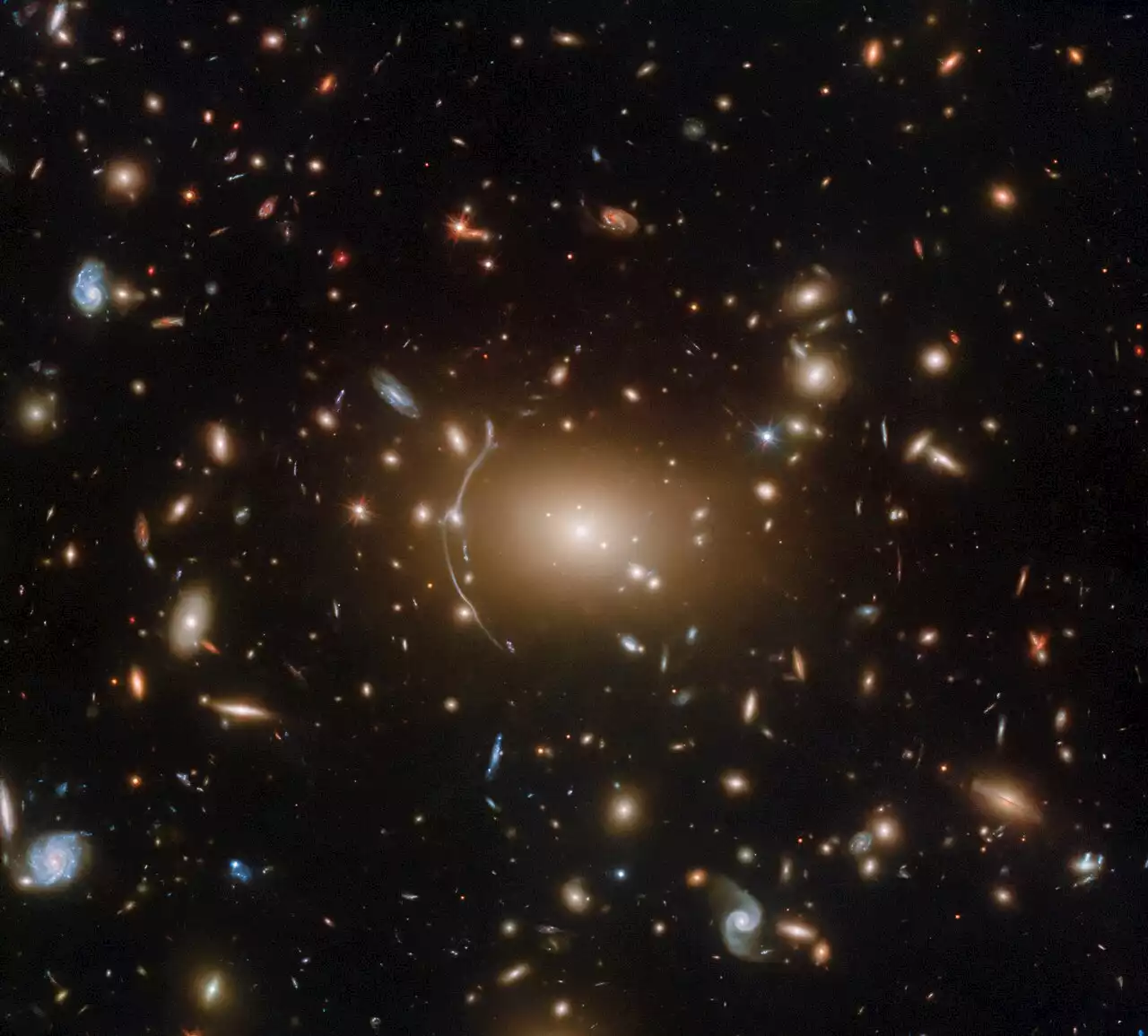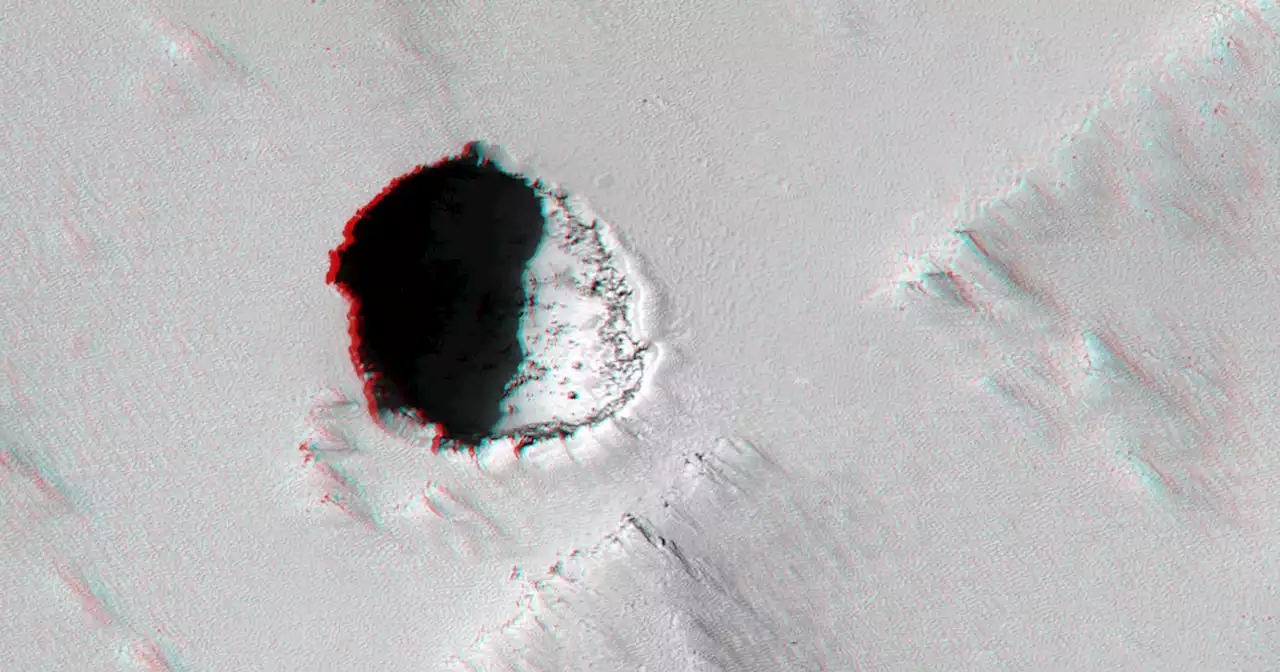We still have more questions than answers when it comes to dark matter. (Like CAN IT KILL US?) LUX-ZEPLIN in South Dakota, which ran its first experiment earlier this year, could unearth some clues. PopSci toured it back in 2020. DarkMatterDay
came rattling closed and we began our 15-minute descent 4,850 feet into the earth. We were packed in tight: a crew of some 30 physicists, engineers, biologists, and—mostly—miners. Ex-miners, actually. This hadn’t been an active mine for 18 years. The guy working the lift let the winch operator above us know that the cab was full, that we were a go. For a brief, delirious moment, suspended at the top of what was once the largest, deepest gold mine in North America, everything went quiet.
“This is the most exciting time for physics, because we still have the really big mysteries in front of us,” says Kevin Lesko, a senior physicist at the Lawrence Berkeley National Laboratory, who coordinates the LZ project. In early 2020, the detector was in the final throes of assembly. Teams of six to 12 physicists and engineers worked in two shifts every day, from 8 a.m.
Other techniques instead try to create dark matter. Since 2012, physicists have been running experiments that could do just that—on the Large Hadron Collider particle accelerator at CERN, near Geneva, Switzerland. The efforts, collectively called ATLAS, smash together protons to mimic the circumstances of the big bang, when everything in our universe formed, including, theoretically, dark matter.
There’s another xenon-based WIMP detection attempt, an international effort located under Italy’s Gran Sasso mountain—and aptly named XENON. The scientists involved announced in June 2020 that their experiment was registering extra background signals, which could wind up proving there are axions. Or it might be neutrinos. Or the result of contamination. As with much in dark matter, the data can seem to be on the brink of reality-shifting, but turn out to be nothing at all.
“That’s the liquid nitrogen we’re running through the pipes—it’s loud!” yelled Aaron Manalaysay, a physicist at the Lawrence Berkeley National Laboratory, over the gassy wails. Manalaysay was down here with a crew of graduate students, working over several months to finish assembling all of LZ’s thousands of component parts, which took up nearly all the room.
could blip without anyone even noticing. The final trick, perhaps the trickiest of all, is to make certain that we do spot this flash of activity amid all the others. Once the LZ comes online, it will register approximately a billion interactions per year. This petabyte worth of data is the responsibility of Maria Elena Monzani. She works at the SLAC National Accelerator Laboratory at Stanford and manages the software and computing infrastructure of LUX-ZEPLIN.
United States Latest News, United States Headlines
Similar News:You can also read news stories similar to this one that we have collected from other news sources.
 Toyota Hi-Lux 280 EX MWB 4WD DCB P/UFind and buy your perfect used cars with PistonHeads Classifieds, the easiest and most powerful used cars search around.
Toyota Hi-Lux 280 EX MWB 4WD DCB P/UFind and buy your perfect used cars with PistonHeads Classifieds, the easiest and most powerful used cars search around.
Read more »
 Bitcoin.com Games Invites you to Celebrate Halloween with a Magical Tournament – Promoted Bitcoin NewsJust yesterday, a lucky player’s mining adventures on the smashing slot game Gold Rush with Johnny Cash took an extremely fortuitous turn.
Bitcoin.com Games Invites you to Celebrate Halloween with a Magical Tournament – Promoted Bitcoin NewsJust yesterday, a lucky player’s mining adventures on the smashing slot game Gold Rush with Johnny Cash took an extremely fortuitous turn.
Read more »
 What are the solutions to climate change?Scientists and officials agree that it’s important not to make matters worse by burning even more fossil fuels — coal, oil and natural gas — that emit heat-trapping gases into the air.
What are the solutions to climate change?Scientists and officials agree that it’s important not to make matters worse by burning even more fossil fuels — coal, oil and natural gas — that emit heat-trapping gases into the air.
Read more »
 Spooky cobwebbed Hubble image helps investigate dark matter | Digital TrendsWith Halloween coming up, the Hubble Space Telescope team is celebrating by releasing a new Hubble image showing the dark cobwebs of galaxy cluster Abell 611.
Spooky cobwebbed Hubble image helps investigate dark matter | Digital TrendsWith Halloween coming up, the Hubble Space Telescope team is celebrating by releasing a new Hubble image showing the dark cobwebs of galaxy cluster Abell 611.
Read more »
 Scientists Searching Mars for Good Caves for Astronauts to Live InIn a presentation earlier this month, a team of researchers identified nine of the most livable caves on the surface of Mars.
Scientists Searching Mars for Good Caves for Astronauts to Live InIn a presentation earlier this month, a team of researchers identified nine of the most livable caves on the surface of Mars.
Read more »
